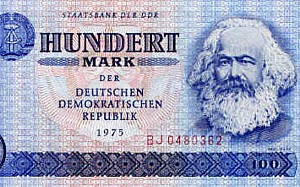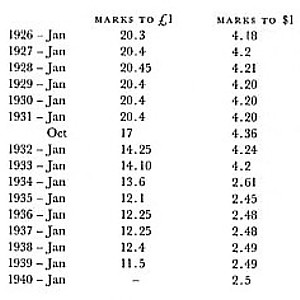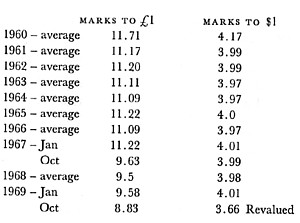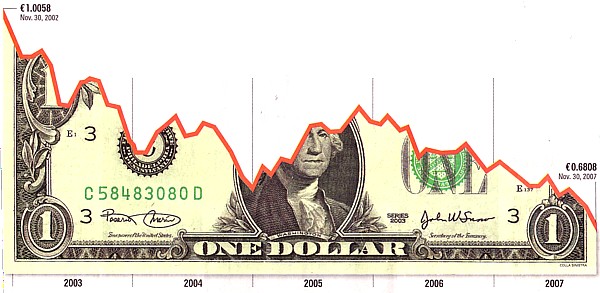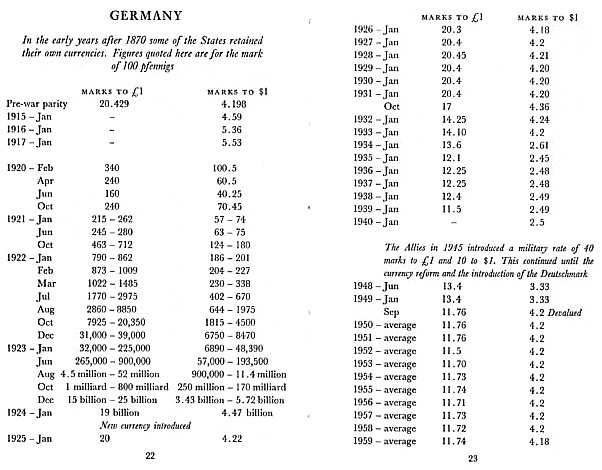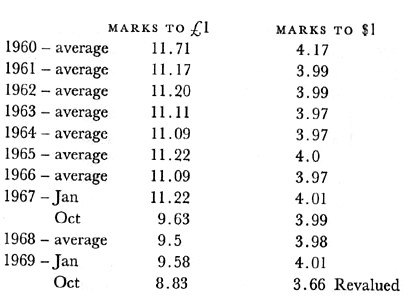|
2006: 7,846 page views; 6,967 entry - 6,679 exit=288 ( 21.5/day)
2007: 14,989
page views; 13,753 entry - 13,419 exit=334 ( 41.1/day)
2008: 25,839 page views;
23,682 entry - 23,184 exit=498 ( 70.8/day)
2009: 31,917
page views; 29,858 entry - 29,215 exit=643 ( 87.4/day)
2010: 48,320 page views;
45,444 entry - 44,996 exit=448 (132.4/day)
2011: 55,713
page views; 52,917 entry - 52,459 exit=458 (152.6/day)
2012: 65,076 page views;
62,101 entry - 61,129 exit=972 (177.8/day)
|
2013: 54,077 page views; 51,679
entry-50,871 exit=808 (148.2/day)
2014: 34,387 page views;
32,603 entry-31,446 exit=1,157 (94.2/day)
2015: 55,075 page views; 51,694
entry-51,374 exit=320 (150.9/day)
2016: 85,579 page views; 71,814
entry-71,432 exit=382 (233.8/day)
2017: 90,941 page views; 86,543
entry-86,209 exit=334 (249.2/day)
2018: |
